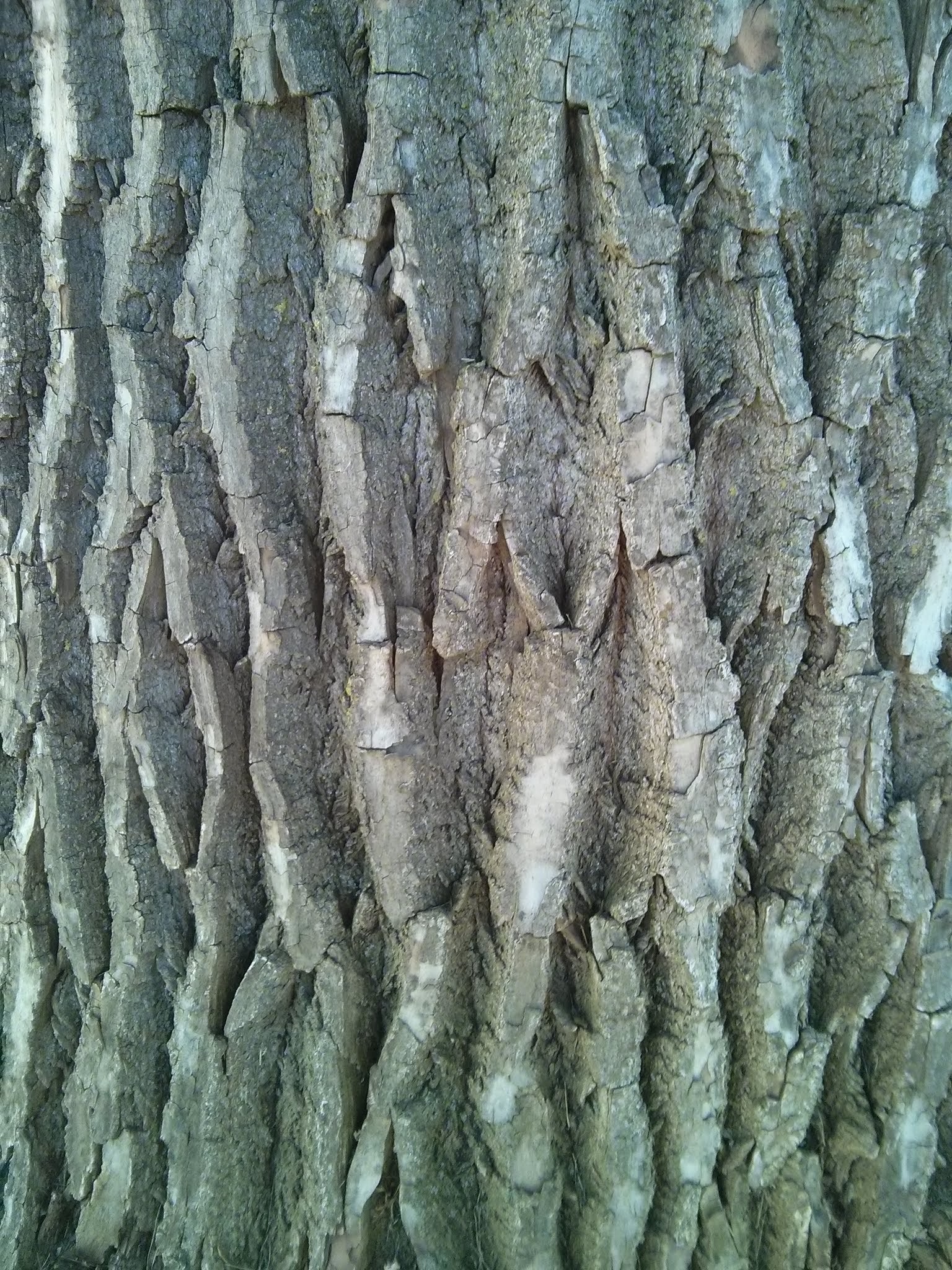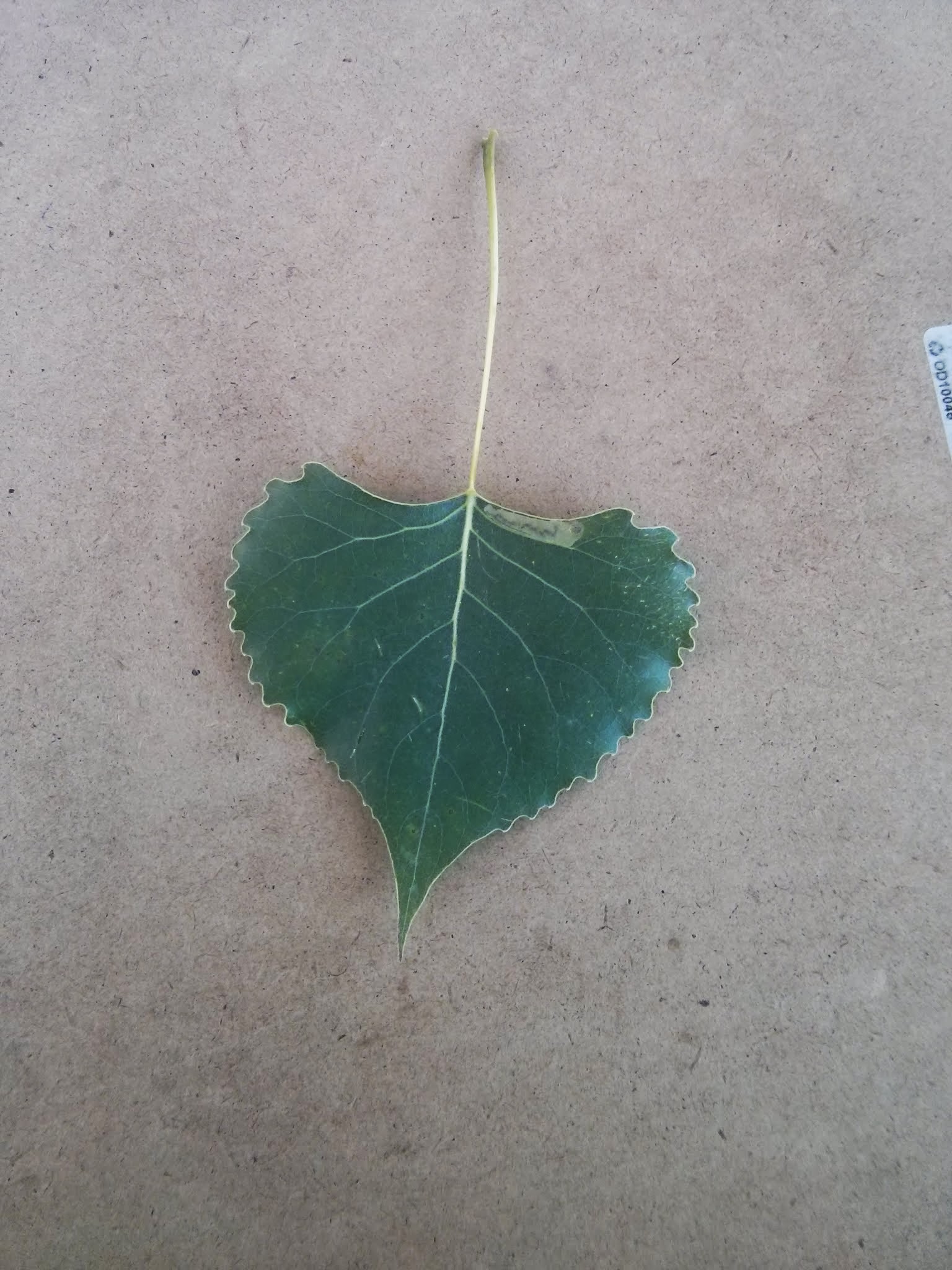Common Name: eastern cottonwood
Scientific Name:
Family: Salicaceae
Genus: Populus
Species: P. deltoides
Hardiness Zone: 2 to 9
Height: 80 to 100 ft
Width: 35 to 60 ft
Common characteristics:
The eastern cottonwood can be seen throughout Minnesota's landscapes in the urban environment as well as natural areas. The tree is short-lived, very fast-growing, and can take over an open area if left alone. It develops first as a narrow, conical crown that with maturity becomes broad and open supported by a massive trunk. Its bark is a light gray on young trees and dark gray and rough on older trees. Leaves are simple and grow alternately on the stem. They are broadly ovate or triangular and pointed, square at the base. Leaves are finely toothed or wavy on the edges and covered with soft white hairs on the underside. The winter buds are covered with chestnut brown, resinous scales. Leaves will turn yellow to yellowish-orange in the fall. The seeds are enclosed in a cluster of white cottony hairs that carry them for long distances. Cottonwoods have male and female trees and only female trees produce cotton and can be messy. To avoid problems with messes, try planting male cottonwood trees. They do not produce the seeds that disperse cotton around the tree, and are known as "cottonless cottonwoods".
Where it grows:
Prefers moist, well-drained soil to wet soils. Tolerant to dry sites that experience occasional drought as well as wet sites that experience occasional flooding. They will tolerate alkaline and clay soils. Cottonwoods are very tolerant to road salts which made them well suited for the urban landscape, they are however intolerant to salts in the soil.
How it’s used:
Makes for a great shade tree especially away from homes or structures like in parks or large open lawns. Well suited for a wet or low spot in your yard.
Ecosystem services:
Utilized by mammals, sapsuckers, and songbirds for food or shelter.
Where it is native to:
Native to North America particularly in the Upper Midwest.
Known Varieties and Their Traits:
- Siouxland Eastern cottonwood (Populus deltoides 'Siouxland'): A male cultivar (produces no seeds or 'cotton'); fast-growing (2 to 3 feet per year); resistant to rust; oval form, yellow fall color.
Problems:
Highly susceptible to ice damage, due to its weak wood and branch structure. Its roots are aggressive and are prone to invading sewer pipes. This tree is not recommended to be planted near homes or anywhere that there will be targets for falling branches during storms.
References:

